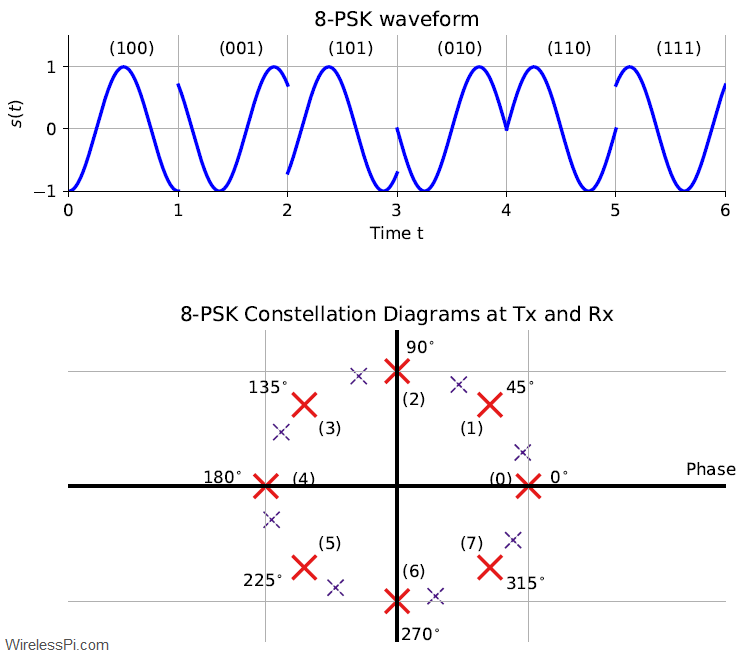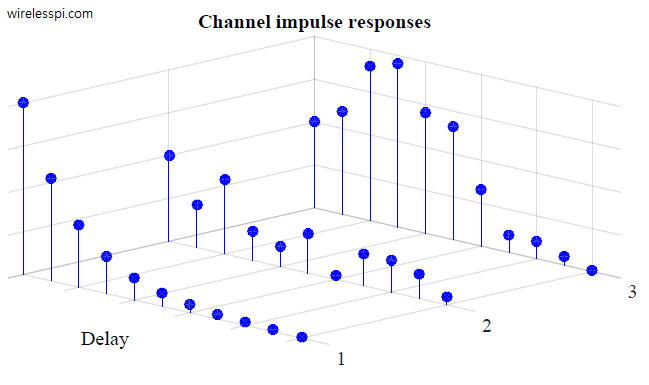Dec 04, 2020 There was a recent discussion on GNU Radio mailing list in regards to the simplest possible intuition behind I/Q signals. Why is I/Q sampling required? Question: The original question from Kristoff went like this: “… when you mention `GNU Radio complex numbers’, you also have to mention I/Q signals, which is a topic that is very difficult to explain in 10 seconds to an audience who has never seen anything about I/Q sampling before.” Comment: According to Jeff Long: “This is a great thing to try to figure out. If we can come up with an answer
Continue reading

